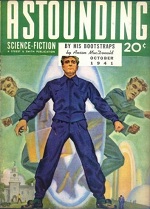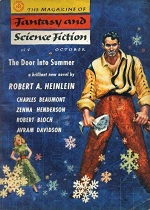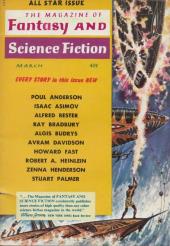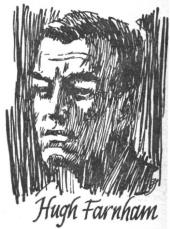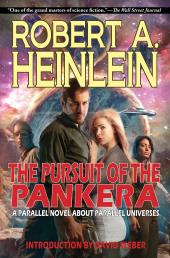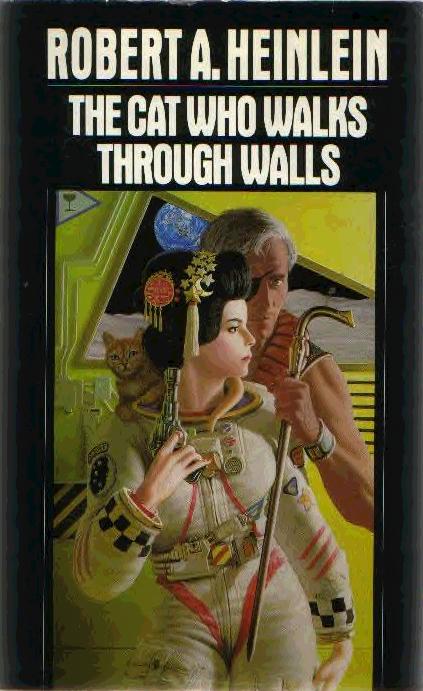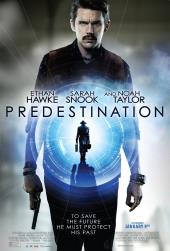Novel
For Us, the Living
- by Robert A. Heinlein
- initial unpublished manuscript, 1938
I’m sad that I’ve now read all the extant Heinlein fiction, this posthumous (and first) novel being the last piece for me. It certainly held 3.5 stars worth of enjoyment for a Heinlein fan, but much of that was in seeing the nascent ideas of the writer that I would devour in my childhood. In the story, a military pilot from 1939 dies, and his consciousness is thrown forward to 2086 where social and economic aspects of society are hugely altered, though technological advances are more conservative (but, dammit, I want my flying car).
“Let me get out of these furs.” She walked away while fumbling with a zipper at her throat. The furs were all one garment which slipped off her shoulders and fell to the floor. Perry felt a shock like an icy shower and then a warm tingle.

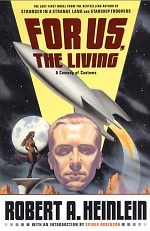
![Astounding Science-Fiction, [d]August 1939[/d] Three men watch a scientist at the controls of a machine attached to another
man.](https://img.ittdb.com/000000/74/76S-74-000000.jpg)


